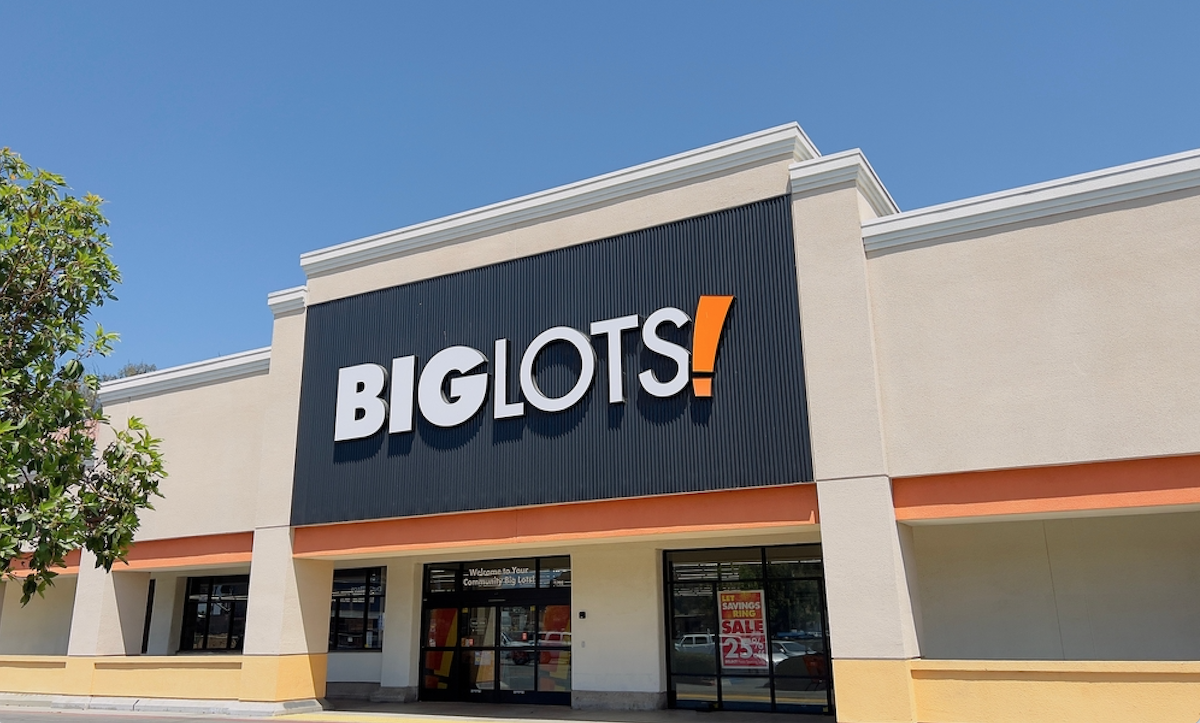Bussiness
Bankruptcy Filing Highlights Deep-Rooted Issues in Big Lots’ Business Model | PYMNTS.com

As Big Lots embarks on a Chapter 11 restructuring and prepares for acquisition by Nexus Capital Management, retail analysts are evaluating the company’s future amid a challenging market. They note this bankruptcy filing not only signals deep-rooted issues in Big Lots’ business model, but also underscores the economic pressures confronting it.
In an interview with PYMNTS, Sudip Mazumder, SVP, retail industry lead, North America at digital consultancy Publicis Sapient, said Big Lots, the “once stalwart” company in the retail discount landscape, has faced challenges in recent years.
“The company’s traditional brick-and-mortar model, heavily reliant on closeout merchandise, became less appealing to a market increasingly seeking convenience, variety, and unique offerings,” Mazumder said. “The rise of eCommerce and shifting consumer preferences caught Big Lots off guard, leaving it struggling to keep pace.”
A limited online presence compounded Big Lots’ difficulties, he noted.
“While the company did maintain an online store, it lacked the robustness and seamless integration with its physical locations that competitors like HomeGoods boasted,” he said. “This shortcoming has hindered Big Lots’ ability to capitalize on the growing trend of online shopping, placing it at a significant disadvantage in an increasingly omnichannel retail world. It’s clear that Big Lots needs to adapt to this new landscape to remain competitive.”
Facing Digital Pressure
Adding to the pressure, Mazumder said, is fierce competition from discount retailers such as Dollar General and Dollar Tree, as well as online marketplaces like Amazon.
“These competitors often provided lower prices and a more comprehensive selection of products, drawing customers away from Big Lots,” he said. “The economic turbulence wrought by the COVID-19 pandemic further exacerbated the company’s woes as consumers became more cautious about their spending. As a result of these converging factors, Big Lots has faced declining sales, store closures and mounting financial difficulties.”
The future of Big Lots remains uncertain, Mazumder said, “but one potential lifeline could come from a private equity firm. Such an acquisition might provide the company with the resources and expertise needed to turn its fortunes around.”
A PYMNTS Intelligence study, “The 2024 Global Digital Shopping Index,” surveyed nearly 14,000 consumers across seven countries about their omnichannel buying behaviors and preferences and found roughly 4 in 10 consumers consider themselves Click-and-Mortar shoppers, favoring purchasing journeys that combine the digital and the physical over pure-play brick-and-mortar or eCommerce.
Greg Zakowicz, senior eCommerce expert at Omnisend, told PYMNTS the news about Big Lots serves as a “cautionary tale about retailers without unique offerings that rely on customers spending on discretionary goods.”
Dollar General, he said, is living the same story, adding, “without unique offerings, stores themselves become disposable. Businesses need something that sets them apart to weather times of consumer belt-tightening and not just exist in a world where they hope a series of small wins turns into something sustainable. Most of the time it doesn’t — just ask Sears.”
Shifting Consumer Spending
When shoppers flock to other value-focused stores like Walmart, Zakowicz said companies like Big Lots “run the risk of that shopper never returning or returning less loyal. When discretionary spending loosens up, stores like Big Lots and Dollar General should see a bit of a bounce back. For shoppers, their purchases may become more one-off versus an all-in-one shopping trip, which might mean a quick trip to Big Lots, or the convenience of the location may be worth spending an extra buck or two. But overall, I can’t see what’s going to keep the shopper returning long-term.”
As the cost of “seemingly everything keeps going up, including big areas like insurance and television services,” Zakowicz said, “we see consumers in a bit of survival mode, looking to save a penny where they can without sacrificing the necessities or everyday creature comforts. The easiest places to do this are groceries, clothing, and discretionary spending. This means increased shopping at all-in-one stores like Walmart and Target, with Walmart getting the advantage. More shopping at these stores negatively impacts others that cross similar product verticals (like Dollar General and Big Lots) but lack an extensive product selection and true differentiation.”
For the February/March installment of the “New Reality Check: The Paycheck-to-Paycheck Report” series, PYMNTS Intelligence surveyed more than 4,200 U.S. consumers and found 60% of shoppers had reduced purchases of nonessential products.
In an interview with PYMNTS, Amanda Lai, a retail analyst and director for consultancy McMillanDoolittle, said Big Lots’ Chapter 11 announcement “underscores the immense economic pressures faced by retailers as Americans continue to pull back on discretionary spending to focus on essentials.”
For a while, “Big Lots has long been losing the battle against value retailers, as it continues to underperform other deep discounter competitors like Ollie’s Bargain Outlet and price-focused retailers like Aldi and Walmart who continue to post positive results,” she said.
Diversifying Inventory
Big Lots leans heavily into discretionary categories like furniture, home decor and apparel, Lai noted, which have faced slowdowns in spending as consumers pull back spending.
“Big Lots was slow to invest in the grocery category and faces fierce competition in this category against players like Aldi and Walmart who have slashed prices on hundreds of grocery items,” she said. “In Q1, the food category was the second smallest sales category. Furniture was their largest category in terms of sales. Last year, Big Lots completed a leaseback agreement for 22 owned stores, a distribution center, and its headquarters. We can expect the company to continue consolidating its real estate portfolio and pull back on store openings as it tries to improve its financial position.”
Despite the filing, Big Lots will continue serving customers through its stores and online at biglots.com.
“The actions we are taking today will enable us to move forward with new owners who believe in our business and provide financial stability,” President and CEO Bruce Thorn said in a Monday (Sept. 9) press release.
As part of its restructuring process, Big Lots will assess its store footprint and may close additional locations, along with optimizing its distribution center model.





/cdn.vox-cdn.com/uploads/chorus_asset/file/25626295/247263_iphone_16_pro_AKrales_0799.jpg)


